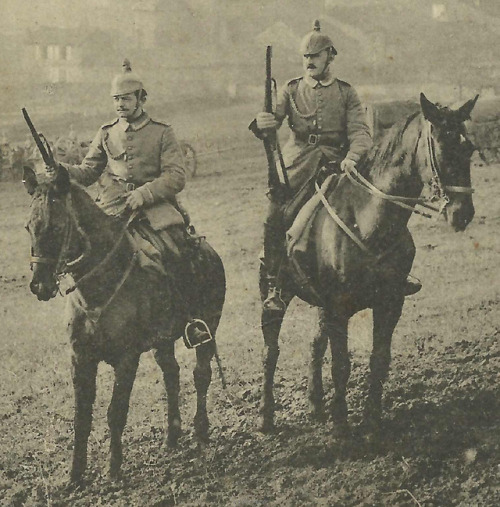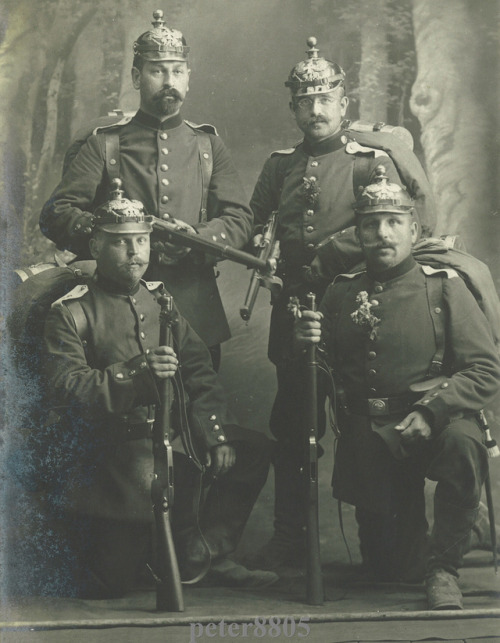peashooter85:The Commission Rifle Part IV — The Karabiner 88 and Gewehr 91In case you missed Part I,
peashooter85:The Commission Rifle Part IV — The Karabiner 88 and Gewehr 91In case you missed Part I, Part II, Part IIIAfter the Germans had fixed the flaws of the Gewehr 88 to their satisfaction, it was now time to create carbine variants for cavalry and artillery troops. Thus in 1890 Germany introduced the Karabiner 88, a carbine variant of the Gewehr 88 made specifically for mounted troops. The Kar 88 was made to be more shorter, lighter, and more compact than the Gew 88, with a barrel length of a little more than 17 inches, an overall length of 38 inches, and a weight of 6.5 pounds. The Kar 88 was more than just a shortened version of the Gew 88, but instead utilized some interesting features which made it specifically suited for use on horseback. Cavalry troopers tended to carry their carbines in a sheath behind the back or in a saddle holster. The Kar 88 was designed to have a streamlined profile with features which prevented snagging when being removed from a holster. The barrel jacket was tapered, being thicker at the chamber and narrowing towards the muzzle. The front sight featured a half shroud to protect it, again from snagging. Instead of a tradition knob type bolt handle, the Kar 88 used a spoon handle type bolt which was typically common on German and Austrian sporting rifles. As an aside I must admit that I really love spoon handle bolts. Again this feature was intended to prevent snagging, however it’s downside was there was very little clearance in between the bolt and the side of the rifle, making it more difficult to work the bolt.The Kar 88 became a handy dandy carbine favored not only by cavalry, but also military police and other rear echelon units. Artillery soldiers also needed a carbine. While artillery typically operate out of the way of frontline combat, they still needed a light, compact rifle to defend themselves against surprise attacks, especially from flanking cavalry. The German Army really didn’t want to develop and issue a third model of the Gewehr 88, nor did industry really want to produce it. So, Germany just issued artillery troops the Kar 88 with one major difference. Artillery soldiers usually don’t carry their rifles with them when they are operating their big guns. Despite being carbines they still get in the way of efficient artillery operations. Instead artillery troops tend to stack their rifles nearby.Thus, artillery troops were issued the Gewehr 91, which was simply the Kar 88 with a stacking rod.Both the Kar 88 and Gewehr 91 would serve with the German Army well into World War I. It was loved by all who were issued, so much so that when the Gewehr 88 was phased out as a reserve rifle during World War I, both carbines continued to be issued in large numbers despite the introduction of carbines based on the newer Gewehr 98. -- source link
Tumblr Blog : peashooter85.tumblr.com



